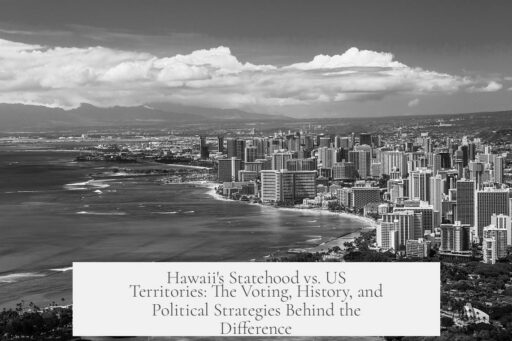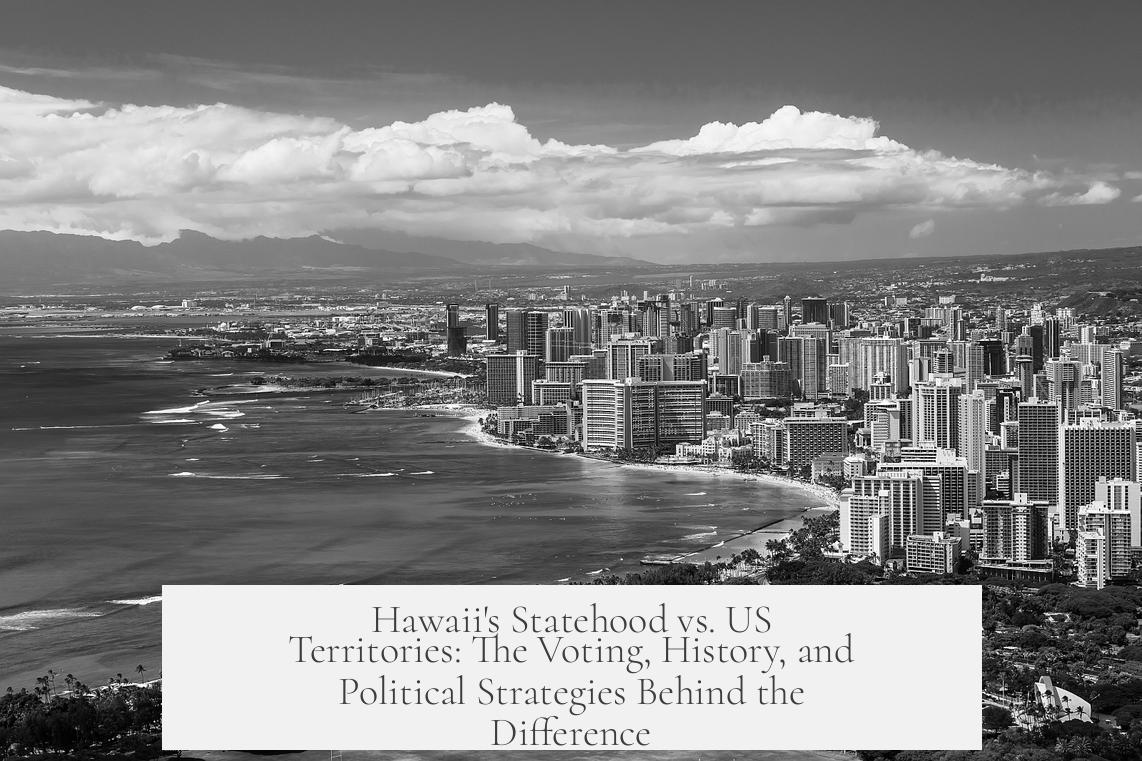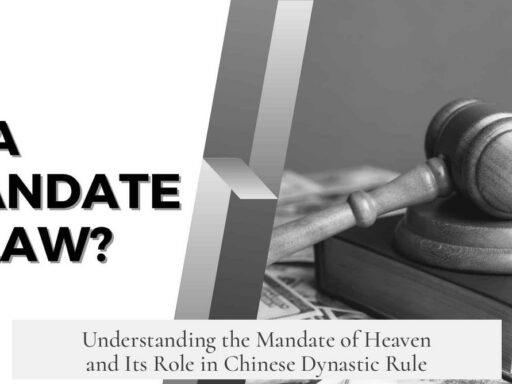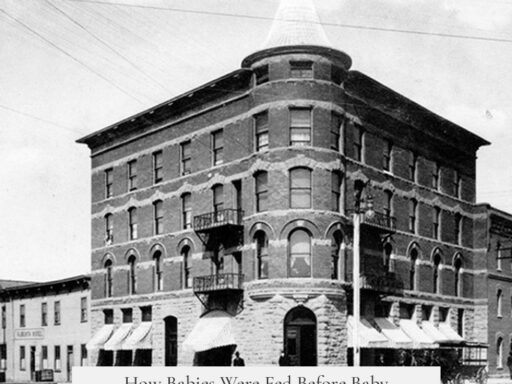Hawaii is a U.S. state because its residents voted overwhelmingly for statehood, unlike Puerto Rico, Guam, and the U.S. Virgin Islands, where majority support for statehood either never occurred or remains marginal. Statehood depends heavily on a territory’s residents approving it by popular vote. Hawaii held a clear vote favoring statehood before joining the Union in 1959. In contrast, Puerto Rico’s vote supporting statehood was narrow, complicated by boycotts from anti-statehood groups, while Guam, the U.S. Virgin Islands, and American Samoa have never reached majority support in favor of becoming states.
Before Hawaii’s admission, U.S. statehood typically required a white majority population or voting base. Hawaii’s multi-ethnic makeup—comprising Native Hawaiians, Asians, and others—was unique. This distinction was significant because racial attitudes and political biases influenced statehood decisions. Prior to 1959, racism and ethnic preferences hindered the statehood prospects of many territories that were not predominantly white. Hawaii stood out as an exception due to shifting political and social contexts, as well as the clear desire of its inhabitants to become a state.
The differences between Hawaii and other territories are more than just votes. They include historical experiences of colonization, political priorities in Congress, and strategic considerations such as military importance and economic factors. For example, territories like Puerto Rico have been U.S. possessions for a long time but have complex political movements divided on statehood, independence, or maintaining the current status. Congress has yet to fully act on changes in these territories’ political statuses in part because of this division.
| Territory | Statehood Vote Outcome | Racial/Ethnic Dynamics | Other Factors |
|---|---|---|---|
| Hawaii | Overwhelming majority for statehood | Multi-ethnic population, unique at the time | Strategic importance, post-WWII political climate |
| Puerto Rico | Narrow majority, boycotted by some | Primarily Hispanic population | Long-standing political divisions, mixed public opinion |
| Guam & US Virgin Islands | No majority vote supporting statehood | Diverse populations, not predominantly white | Less focus on political status changes |
The decision to grant statehood involves multiple criteria. Popular support is central but not alone decisive. Congress evaluates economic, strategic, and demographic factors. The path for territories like Puerto Rico and Guam remains uncertain as they have not demonstrated a strong, unified vote for statehood or met other political conditions.
- Hawaii became a state through a clear popular vote and unique demographics.
- Other U.S. island territories lack majority support or political consensus for statehood.
- Historical racial attitudes shaped statehood policies before 1959.
- Congress weighs strategic, economic, and political factors beyond votes.
How is Hawaii a State of the US but Other Island Territories like Puerto Rico, Guam, US Virgin Islands Aren’t?
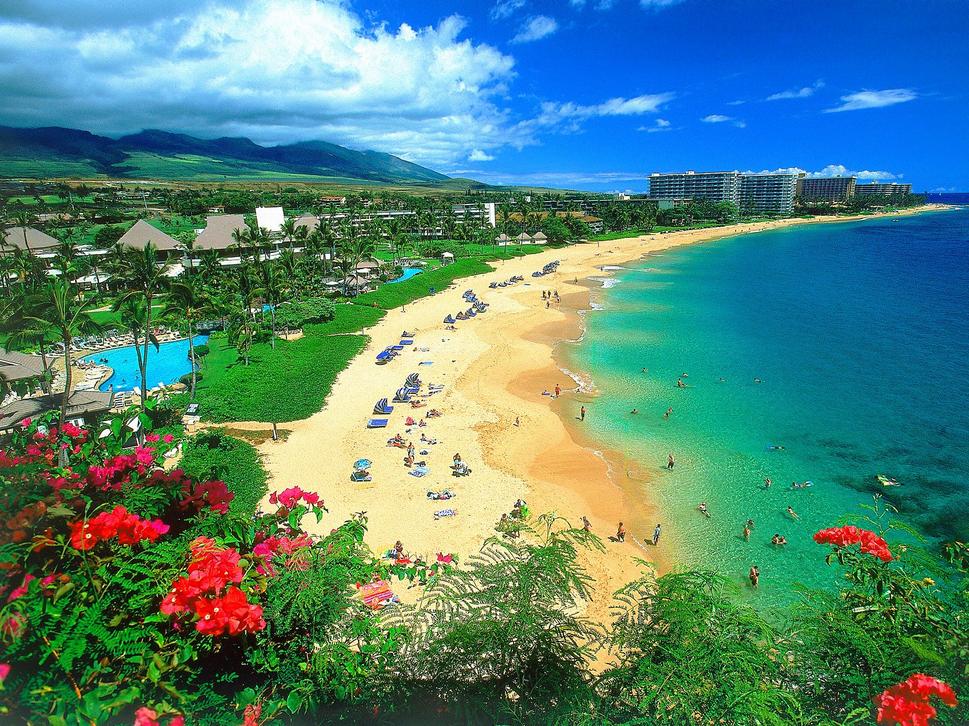
The simple answer is this: Hawaii became a state because its people voted overwhelmingly for it, while other U.S. territories did not secure such a clear mandate. More than just a vote, unique historical and racial dynamics shaped why Hawaii joined the Union as a state, and others remain territories.
Let’s unpack this statehood mystery with some facts and a sprinkle of storytelling. Ready?
Voting: The Ultimate Showdown
Statehood isn’t just handed over like a souvenir; it requires a clear majority vote from the territory’s residents. When Hawaii held its statehood vote, the result was a decisive “Yes” from its people—an overwhelming majority. This democratic clarity was a clincher.
Now, contrast this with Puerto Rico. Sure, Puerto Rico has held several referendums about statehood, but the results are… complicated. In at least one major election, an anti-statehood party chose to boycott the vote entirely, thumbing their nose at the process. This boycott skewed the results, leaving only a narrow, contested majority in favor. It wasn’t the resounding endorsement that Congress typically wants to see to make a new state official.
Meanwhile, for Guam, the U.S. Virgin Islands, and American Samoa? They haven’t even had a vote that decisively leans toward statehood, let alone a majority. For most of these islands, it’s not even close to a debate—they either prefer the current status or haven’t pushed hard for statehood, so no popular vote has given the green light.
A Colorful History Shapes the Outcome
Voting is crucial, but the story doesn’t stop there. Before Hawaii became a state in 1959, a significant unspoken rule operated: states had to have a white majority population or at least a white voting majority.
Sounds like a dusty law from a bygone era? That’s because it was, but its influence was real. Hawaii’s demographic setup was quite different—it was, and still is, very multi-ethnic, featuring Native Hawaiians, Asians, Pacific Islanders, and Caucasians in the mix. This uniqueness made Hawaii an outlier.
Back in the day, race played a heavier role than many admit. The lack of a white majority in Hawaii raised eyebrows but didn’t stop Congress from admitting it, partly because Hawaii’s strategic location during the Cold War made it geopolitically valuable.
On the flip side, other territories with diverse or primarily non-white populations were less favored for statehood. Racism and prevailing biases toward a “certain image” of who should be a state’s people often slowed or blocked these territories’ progress. Puerto Rico, Guam, and others got caught in this web of racial politics, compounded by economic and political factors.
What About Political Will and Strategy?
Beyond votes and demographics, Congress’s priorities matter—sometimes a lot. Territories are often seen through lenses of strategic utility, economic benefit, and the political implications of expanding the Union.
Hawaii’s strategic military importance during the Cold War—think Pearl Harbor and Pacific defense—might have tipped the scales. Its economy had matured, infrastructure improved, and its residents pushed hard for statehood with clear voices. All these points helped convince Congress.
In contrast, Puerto Rico’s political status has lingered in limbo for decades due to its complex colonial history with the U.S., economic challenges, and ambiguous public opinion. The political tug-of-war in Congress, along with the island’s diverse opinions on remaining a territory, becoming a state, or seeking independence, has stalled progress. Guam and the Virgin Islands share similar stories of strategic considerations mixed with local preferences for their unique statuses.
Lessons From Hawaii’s Example
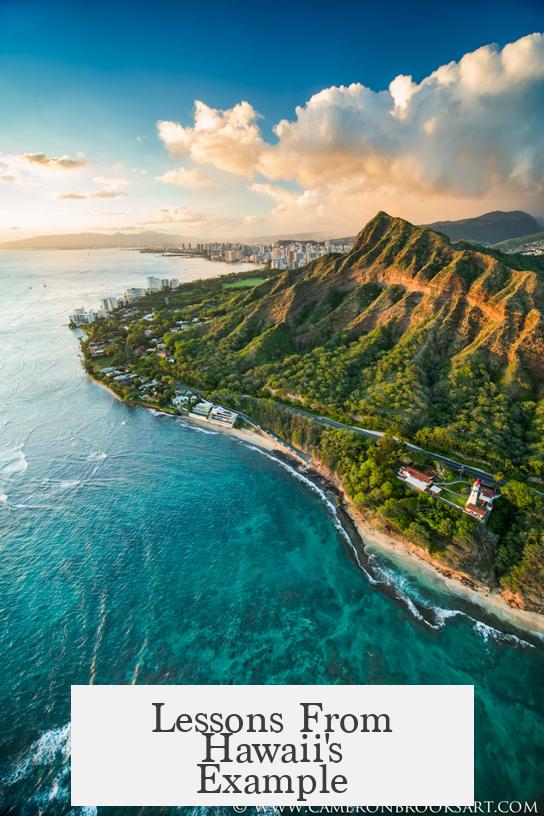
So what can territory advocates learn from Hawaii?
- Clear majority support is key. A decisive vote without confusion or boycotts sends a solid message to Congress.
- A multi-ethnic makeup is no barrier. Hawaii smashed the outdated notion that only white-majority places could join. But racial bias has delayed progress for others.
- Strategic importance helps. Sometimes geopolitical factors can accelerate statehood decisions.
- Political unity and persistent advocacy matter. Territories often need unified, consistent campaigns for statehood to sway lawmakers.
Hawaii’s story is unique but shows that statehood is about more than just geography. It’s a combination of voting, history, racial dynamics, politics, and strategy all dancing together.
Still Curious? A Quick Table to Compare Hawaii and Other Territories
| Aspect | Hawaii | Puerto Rico | Guam / US Virgin Islands |
|---|---|---|---|
| Majority Vote for Statehood | Overwhelming YES | Narrow and complicated (boycotts) | None or not close |
| Demographics | Multi-ethnic (unique case) | Predominantly Hispanic | Diverse Pacific Islander/Caribbean |
| Historical Racial Bias | Overcome (not typical) | Still influential | Still influential |
| Congressional Political Will | Strong during Cold War | Divided, ongoing debate | Limited interest / stable status |
If you want to explore further, there’s plenty of deep dives on Reddit’s AskHistorians thread about Hawaii vs. Puerto Rico and other fascinating reads unraveling the political knots.
Wrapping Up
Hawaii became the 50th state because its people said “yes” loud and clear, its multi-ethnic identity pushed boundaries, and its strategic importance nudged the government’s hand. Puerto Rico, Guam, and the US Virgin Islands haven’t crossed that threshold because they either lack a majority vote, face internal division, or remain entangled in racial, political, and historical complexities.
Next time you sip a tropical drink in Hawaii or read about Puerto Rico’s political status, remember—statehood is much more than a checkbox; it’s a journey shaped by votes, identity, history, and politics.
